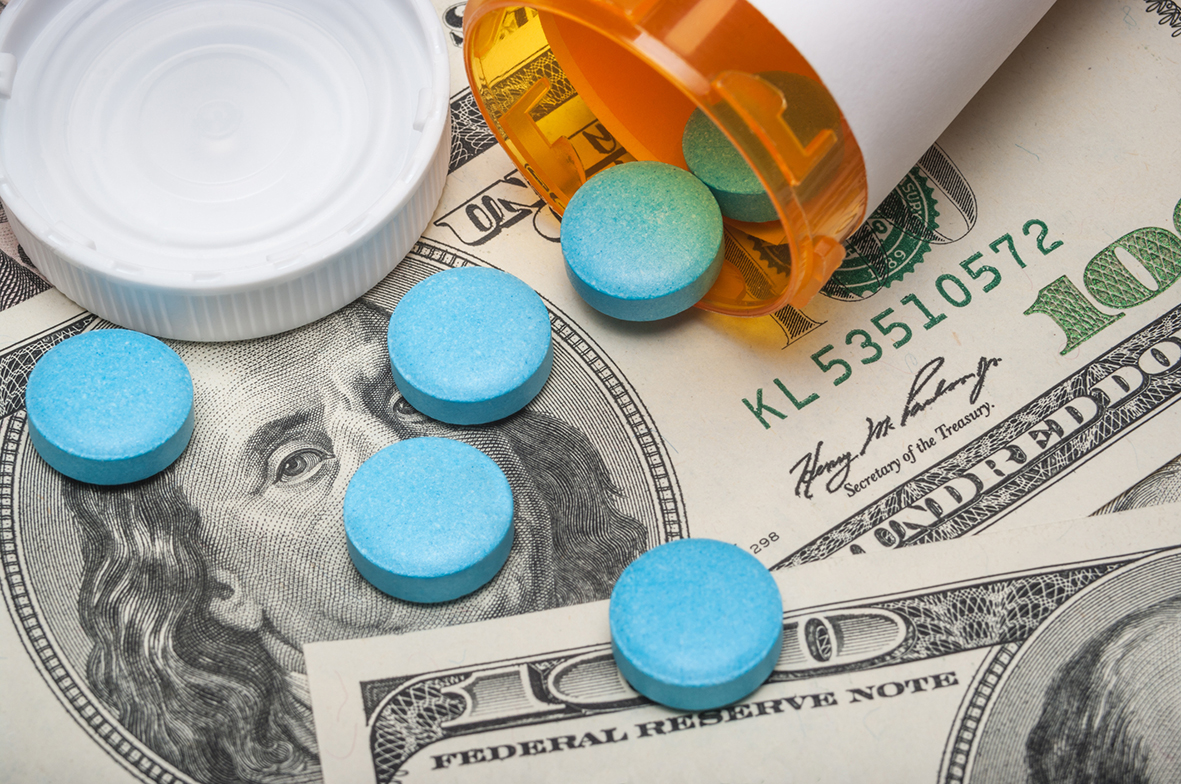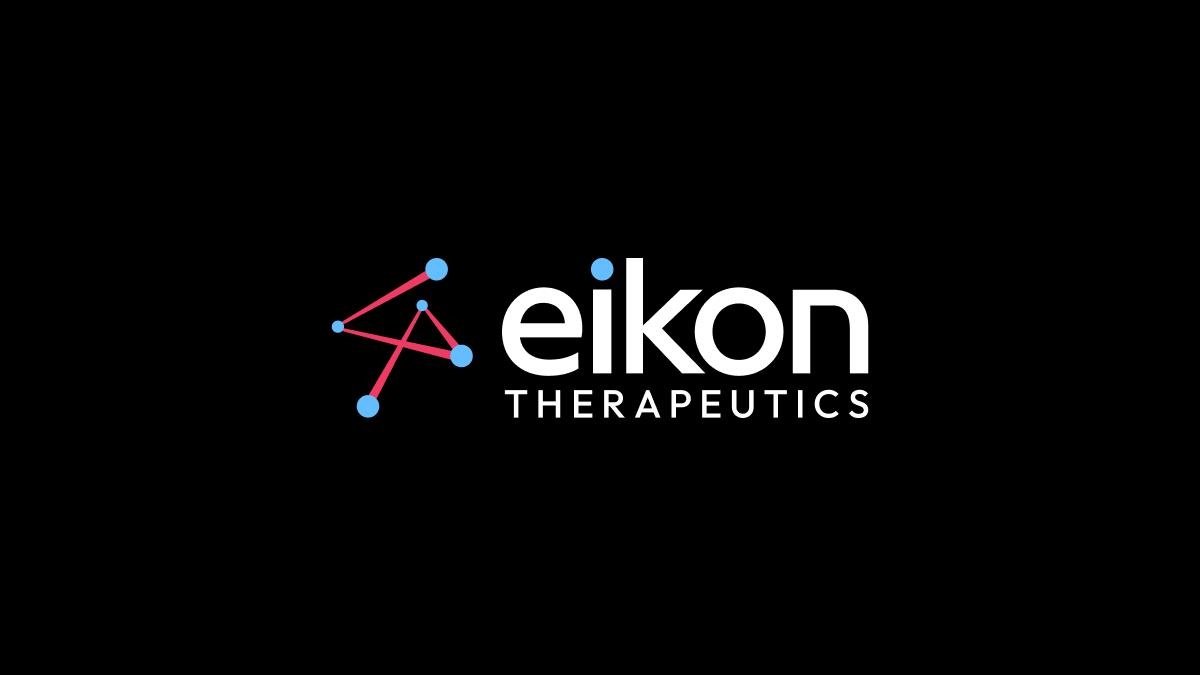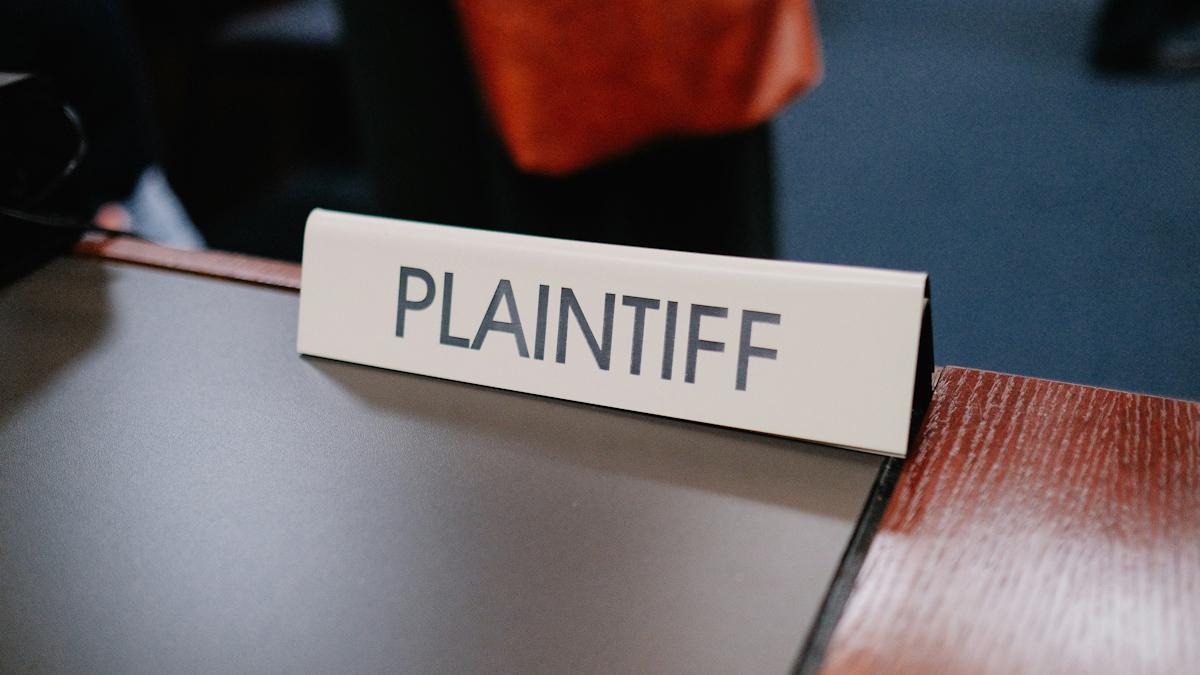US meds spending spiked last year, but will fall quickly

Prescription drug use in the US soared last year, as might be expected during a pandemic, but is expected to fall back sharply in 2023, according to IQVIA's latest report on the sector.
Overall spending on medicines rose 12% in 2021 to $407 billion, driven by a $29 billion spend on COVID-19 vaccines and medicines.
Without that effect the underlying growth was 5%, with rising use of biosimilars offsetting increased use of branded medicines, although IQVIA notes that the pharma sector has demonstrated "resilience and flexibility" in staging such a rapid recovery in the last two years.
Despite an increase in overall spending, costs per prescription on average are flat or slightly declining, says the US Medicines Trends 2022 Report.
The differential between the list price of medicines and the net cost to payers reached $190 billion last year, up from $118 billion in 2016, reflecting greater use of rebates and discounts which points to increasing competition in the marketplace.
IQVIA thinks growth rates in the coming five years will be much lower – in the 1% to 4% range out to 2026 – as the market returns to pre-pandemic growth trend lines, with immunology, oncology and neurology drugs growing the most over the period.
However there still remains a big backlog in care resulting from missed patient visits, screenings and diagnostics, elective procedures and new prescription starts.
Telehealth boomed during the pandemic as well, reaching 15% of all physician consultations in the early stages, but have since fallen back to around 4%, although rates are higher from some specialties like mental health (20%). Pre-COVID-19 less than 1% of consultations were delivered remotely.
Patient out-of-pocket (OOP) costs in aggregate rose $4 billion, or 5.3%, in 2021 to a total of $79 billion, back to the high watermark level seen in 2018 after two years of declining costs.
IQVIA notes that OOP costs "remain a significant burden for a relatively small part of the population, even as average costs per prescription were flat or slightly declining."
"The rise in US medicine spending was largely driven by the increased availability of pandemic vaccines, boosters, and treatments," said Murray Aitken, executive director of the IQVIA Institute for Human Data Science.
"It's a testament to the resiliency of the biopharmaceutical ecosystem to respond successfully to a healthcare crisis at both the global and country level, while continuing to improve outcomes across the broader healthcare spectrum," he added.
"However, the $4 billion increase in OOP costs for patients matched the historical high previously seen in 2018, which is a trend we will need to continue to watch."












